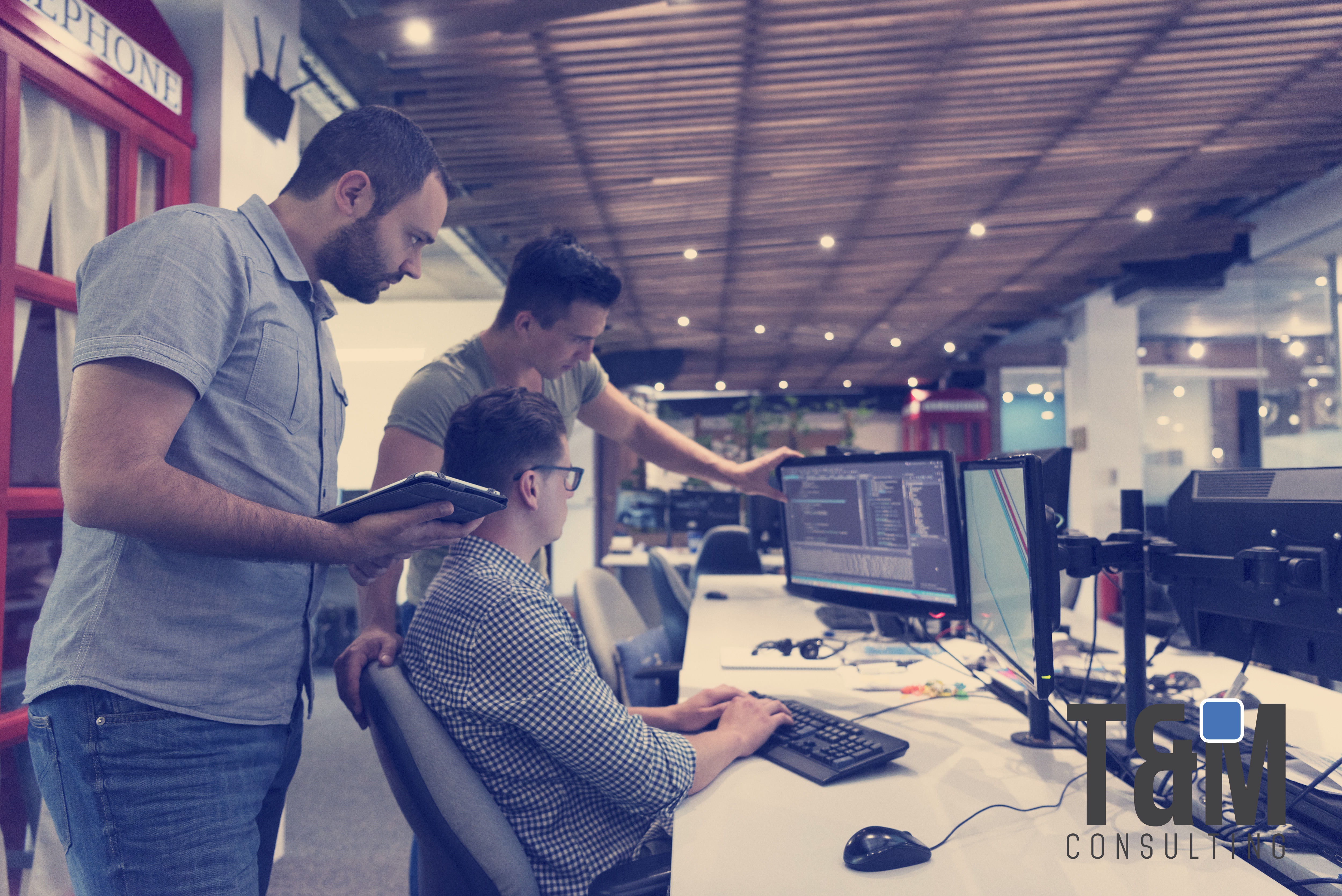By 2020, significant growth is expected in the Artificial Intelligence (AI) market, which leads to cost savings and optimization of production processes. Growth in the AI industry is estimated to range from an Accumulated Annual Average Rate (TMAA) at a level of 31% to 54% for future years.
Currently, the global AI market surpasses $ 15 billion, although projections place growth by 2025 of more than $ 72.5 billion, AI is largely expected to have a standardized and universal application.
Contrary to popular belief, the AI market has created new jobs due to the global expansion of AI, a position presented by the McKinsey and Accenture companies to the World Economic Forum.
Industries and factories do not have the resources, such as time and specialist robotics personnel, required and necessary to update existing production processes.
Due to this, the training and specialization of personnel in robotics is the key piece for the generation of new jobs, since they will be responsible for the integration, implementation and development of artificial intelligence systems in the various industries that require modernize their production processes and advance to digitization.
Automated homes, yes, but by voice. The voice continues to have weight when it comes to personalizing the technological equipment that we use on a daily basis, be it virtual assistants, cell phones or household appliances. Homes are becoming more digital, and we have the option to send commands and commands to execute certain actions to devices, thanks to our voice.
Considering the above, this choice is attractive for many users, due to the saving of resources and time to execute functions such as operating the lights, controlling the television, and even entertainment for children such as playing stories and podcasts at certain times.
One of the markets that we will see exponential growth, according to specialists, is technology in favor of the environment.
Concern about sustainable problems has led companies to invest in research to generate new designs for physical elements such as chips, with software that seeks to automate and minimize AI workloads, improving process efficiency and therefore reducing of resources such as time and money, which leads to the reduction of the carbon footprint of companies.
One of the aspects where we already see growth is the application of AI in teaching. Technologies such as virtual reality, smart tutoring and online learning already have exponential growth, due to the opening of their spaces such as museums, galleries and libraries in a virtual way. Today you can visit museums such as the Louvre in Paris that has guided tours, videos and 360-degree views, as well as the Metropolitan Museum of Art in New York, which shows more than a thousand works classified in catalogs, allowing you to optimize your search. and virtual visit in their spaces.
Artificial intelligence will allow us to develop creativity in any field that is implemented, we hope to continue seeing its advances and enjoy them in our daily work and in the many industrial applications that improve our quality of life.

